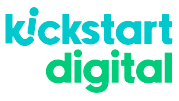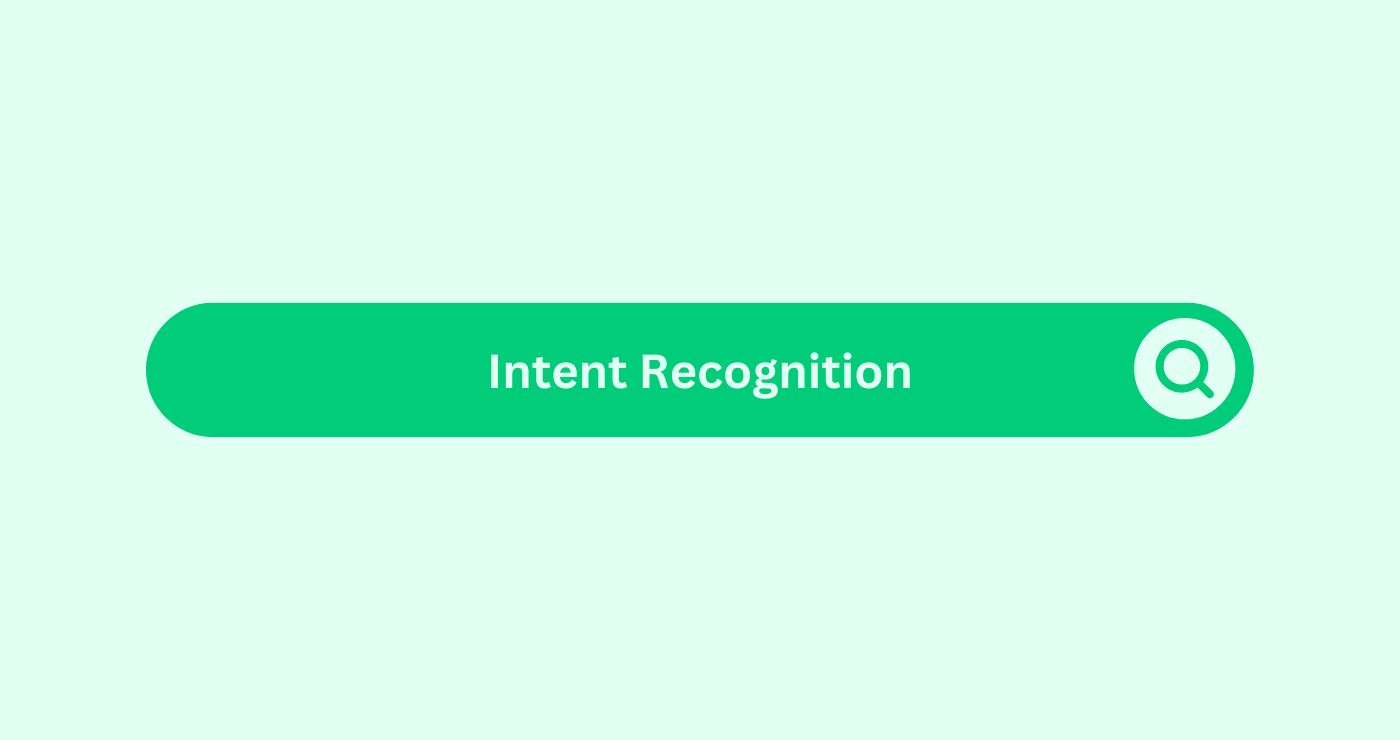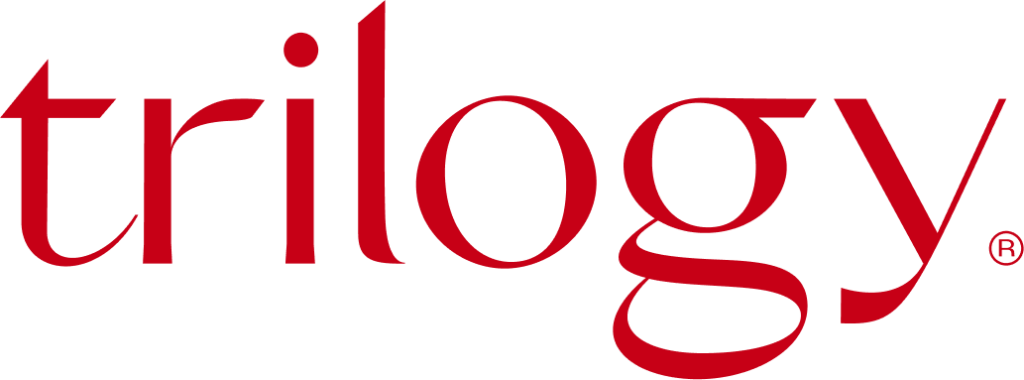Definition
Intent recognition in content marketingDefinition Content marketing strategically creates and share... is all about using smart AI tools to figure out what people really want when they search online. It’s not just about guessing from keywords—it’s about seeing the patterns in how folks move around a website, what they click, and even how long they stick around. Once the intent is clear—whether someone is just browsing for info, ready to buy, or looking for a specific page—content can be shaped to fit those needs spot on. This helps content creators fine-tune everything from headlines to meta descriptions, making pages more useful and easier to find in search results.
Take a digital marketing agency in Auckland, for example. They might use intent recognition to pick blog topics that match what locals are searching for. A performance marketing team could spot which search terms mean someone’s close to buying, then tweak ad copy to nudge them over the line. An SEO company might group keywordsDefinition Keywords are crucial for SEO success as they conn... by intent and tidy up site structure, making it way easier for visitors to find what they’re after. Local SEODefinition Local SEO in social media marketing boosts online... specialists often use this kind of insight to spot gaps in content—say, where a website isn’t answering the right questions—and then update pages to fill those holes.
Practical example
Suppose a marketing agency runs a check on paid ads using intent analysis. The AI flags some search terms as just people looking for info, not ready to buy. Knowing this, the team updates the ads to focus on deals and action, which lifts conversionDefinition In the realm of SEO, Conversion refers to the pro... rates by 32% and trims the cost per leadDefinition A Lead in the context of SEO refers to a potentia... by almost a fifth.
Meanwhile, another Auckland agency might use intent recognition to plan out blog posts, adding in more detailed answers to common questions or step-by-step guides. As a result, people spend longer reading, and the site climbs higher in the search rankings.
Basically, intent recognition isn’t just a trend. It’s a real game-changer for digital marketing, helping businesses connect with folks right when it matters most.
Formula & Calculations
| Metric | Formula | Example Values | Outcome |
|---|---|---|---|
| Conversion RateDefinition Conversion Rate in the SEO space refers to the pe... Lift (%) | (Post-Intent – Pre-Intent) ÷ Pre × 100 | (5.9 %–4.5 %) ÷ 4.5 % | 31.1% Increase |
| CPA Reduction (%) | (Pre–Post CPA) ÷ Pre × 100 | (NZ$46–NZ$38) ÷ 46 | 17.4% Decrease |
| Dwell Time Gain (%) | (New – Old) ÷ Old × 100 | (3.8 min–3.0 min) ÷ 3.0 | 26.7% Increase |
| Ranking Improvement (%) | (Pre Position – Post) ÷ Pre Position × 100 | (8–4) ÷ 8 × 100 | 50% SERP Jump |
| Intent Coverage Ratio (%) | (Covered Intent Types ÷ Total Detected) × 100 | (4 ÷ 5) × 100 | 80% Coverage |
5 Key Takeaways
- Intent Recognition in AI Terms in Content MarketingDefinition Content marketing strategically creates and share... decodes user motivation behind searches to improve content relevanceDefinition In SEO, relevance refers to the degree to which a....
- Digital marketing Auckland firms use it to align content with local search behaviours and queryIn the realm of SEO (Search Engine Optimisation), a query re... intent.
- Performance marketing agencies optimise ads by distinguishing between research-driven and buying-intent queries.
- SEO companies cluster keywordsDefinition Keywords are crucial for SEO success as they conn... by intent to improve site structure and internal linkingWhat is Internal linking? Internal linking refers to the pra....
- Auckland SEO experts fill content gaps by identifying uncatered intent types, boosting user experience and rankings.
FAQs
What does Intent Recognition mean in SEO content?
It’s the AI-based understanding of user goal—whether they're searching for info, products, or navigation.
How do SEO companies leverage it?
They use intent signals to optimise metadata, content structure, and topic targeting for better SERP fit.
Can performance marketing agencies adopt intent AI?
Yes. They align landing page messaging with intent to reduce waste and boost conversions.
Do Auckland digital teams find it valuable?
Absolutely. They tailor content around local user queries and improve dwell time and engagementDefinition Engagement in content marketing refers to the deg....
Is intent recognition complex to implement?
Many platforms offer AI modules for intent detection; marketers can integrate this with minimal technical overhead.




